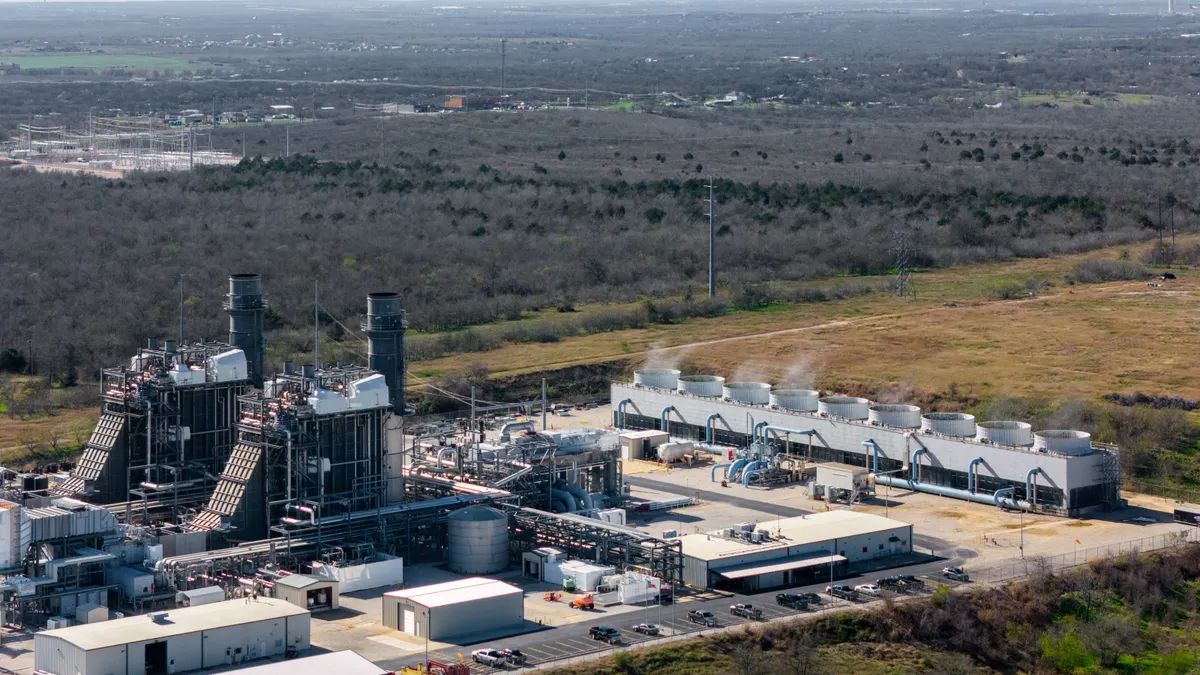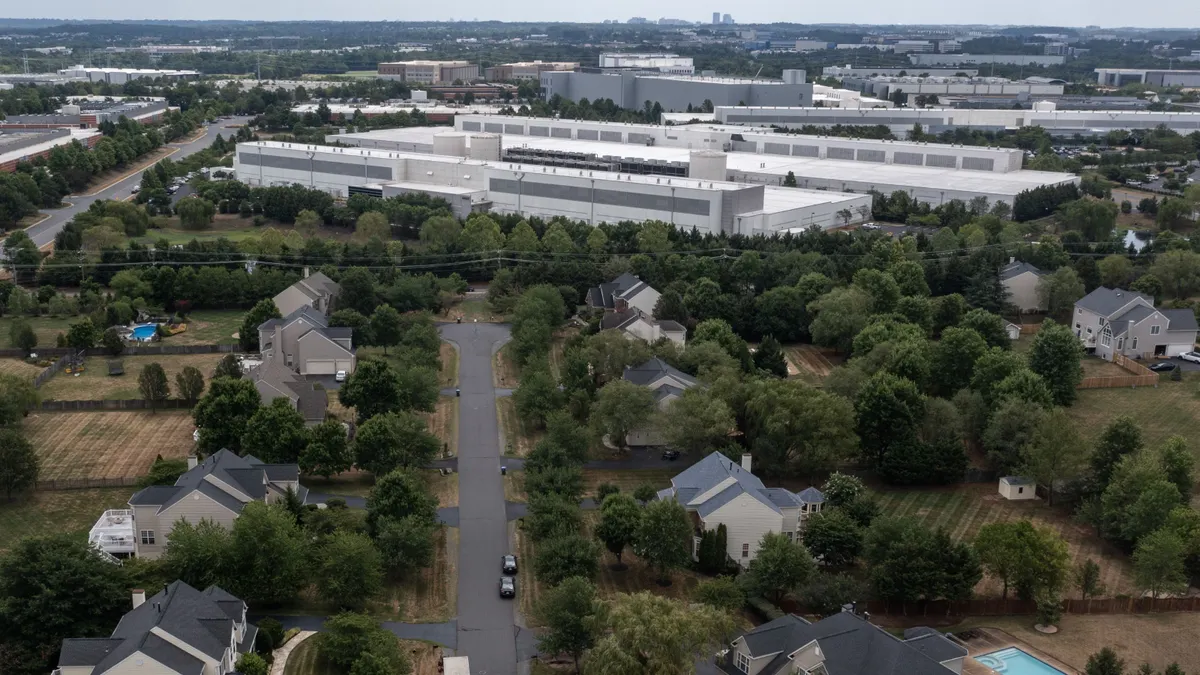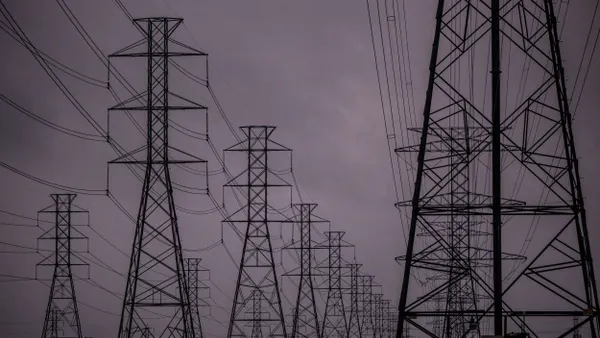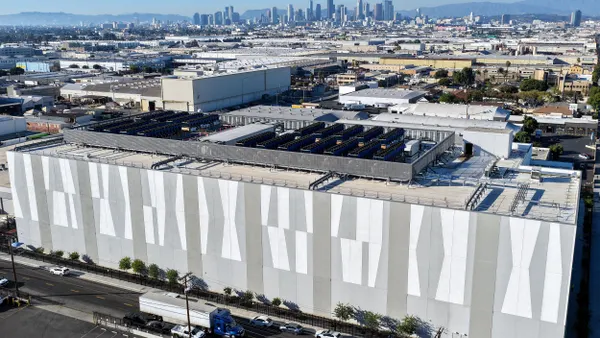Demand response is a growing resource in New York, and that system flexibility will be even more important to meet rising demand going forward, the state’s Independent System Operator said in a June 2 report.
“The grid is undergoing rapid and instrumental change,” New York ISO President and CEO Rich Dewey said in a statement. “We continue to observe declining reliability margins while forecasting a dramatic increase in load. It’s imperative during this period of transition that we maintain adequate supply to meet growing consumer demand for electricity.”
In its most recent Reliability Needs Assessment published last year, the ISO said total generation resource capability in New York for the summer of 2024 was projected to be 40,461 MW, including 37,595 MW of generating capability, 1,281 MW of demand response and 1,585 MW of net long-term purchases and sales with neighboring control areas.
This summer, the ISO said it expects 1,487 MW of demand response to be available, about a 16% increase over last year. In-state generation will be about 37,699 MW and import capabilities have grown to 1,769 MW.
Longer-term reliability needs “may be resolved by new capacity resources coming into service, construction of additional transmission facilities, increased energy efficiency integration of distributed energy resources and/or growth in demand response participation,” NYISO said in its Power Trends 2025 report.
Electric vehicles, HVAC systems and other grid-connected distributed energy resources could provide New York with 8.5 GW of cost-effective grid flexibility by 2040, Brattle Group said in a January report prepared for the New York Department of Public Service and the New York State Energy Research and Development Authority.
Grid flexibility could address approximately 25% of New York’s expected peak load “that is not served by renewable generation,” approaching the scale of other, utility-scale flexible resources, Brattle said.
Among other key findings from NYISO’s Power Trends report, the grid operator said generator deactivations “are outpacing new supply additions,” while electrification programs and new large-load customers associated with economic development initiatives “are pushing projected demand higher.”
“Together, these forces are also narrowing reliability margins across New York and increasing the risk of future reliability needs,” the ISO said.
The grid operator expects New York to transition to a winter-peaking electric system by the 2040s, driven primarily by electrification of space heating and transportation. “On the coldest days, the availability of natural gas for power generation can be limited, and interruptions to natural gas supply will introduce further challenges for reliable electric grid operations,” NYISO said.















